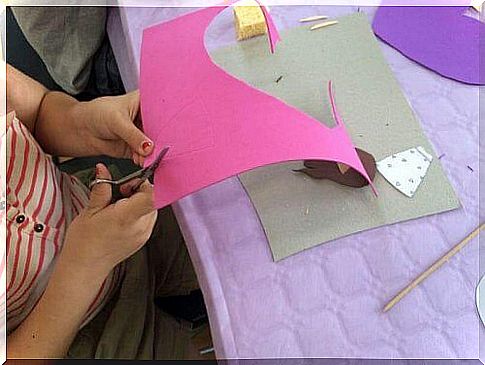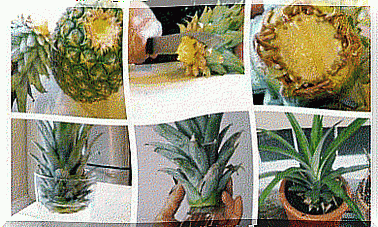Five Exercises To Promote Children’s Speech

Although very young children cannot speak, they can express themselves through crying and body language. It is also very important that they develop their verbal abilities. One way to stimulate a child’s speech is to do some fun exercises.
The value of language
Speaking ability makes children outsource and internalize what they think and want. In fact, spoken language is so important that it is considered the main means of communication.
Language is also a fundamental means of socialization that makes children adapt and integrate better with their environment. Through speech, the child learns cultural customs from his or her family and to create later human relationships.

But what can you do to encourage a child’s speech?
Some exercises are extremely easy. You can even do them in your own home and with activities you may have already integrated into your child’s routines.
Today we will share some of them with you.
How you promote a child’s speech
Parents have a huge impact on their children’s speech development process. That’s why it’s important to pronounce everything the right way and articulate the sounds carefully.
Continuous dialogue is recommended to encourage the child to speak. It should be systematic and appropriate to the child’s age, abilities and interests. Even if you are tempted to use diminutives or childlike language, avoid it as much as possible.
Don’t try to predict what the child is going to say or decide his or her sentence. Form open-ended questions so the child can express themselves and expand their message.
Based on these principles, we are now going to tell you about some exercises you can use to promote your child’s speech.
1. Take a walk
Walking and other excursions are varied experiences that give your child new sensations and, above all, new vocabulary. The emotions she felt also motivated her to express herself and share her feelings more freely.

Discuss what he sees, including colors, sounds, smells, and shapes. Take advantage of all the things involved to create a conversation with a logical and interesting flow.
2. Read stories
This exercise helps the child develop the ability to understand things and people. You can start by asking “where is…” and let the child point or touch the object or color you mentioned.
Give him some time to process your request. When he succeeds, congratulate him on his efforts and do the exercise again.
3. Play with photos and images cut from paper

This is similar to the previous activity, but uses photos and images cut from paper. You can start by describing each picture or photo using specific words and characters. The child learns to understand different functions and contrasts between images.
After explaining each picture, ask your child to identify what people are doing in them. Remember that the pictures should represent easy and familiar activities for him such as eating, playing, sleeping or running.
4. Teach the child to say his or her own name
In addition to the importance of knowing your own name, this activity will help your child develop the ability to name other people, objects, and activities.
Start by saying “your name is…” and repeat it a few times so the child can answer immediately when you ask the same question again later.

Make sure you congratulate him when he answers correctly and add his middle name or last name so he learns it step by step. If he does not answer correctly, repeat the process from the beginning.
You can use this same exercise with body parts or other familiar objects such as toys and frequently used tools (plates, shoes, glasses, and so on).
5. Animal sounds

One activity children love is associating animals with the sounds they emit. You can search for apps, games, or just use your own voice to mimic a cat’s taste or a cow’s shooting.
One way to perform this exercise is to mimic the sound of an animal and ask the child which animal it is. Or you can ask the child what the duck or dog is saying and see if he answers correctly.
Summary
You’ve probably done some of these exercises to promote your child’s speech. The best part is talking to him constantly and letting him express himself freely without pressure. Always enjoy this process.
Remember, you are the first person to teach your child to speak. Give it time and energy to help your child enrich their vocabulary.
Which exercises work for your child?









